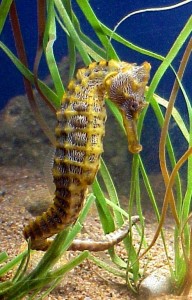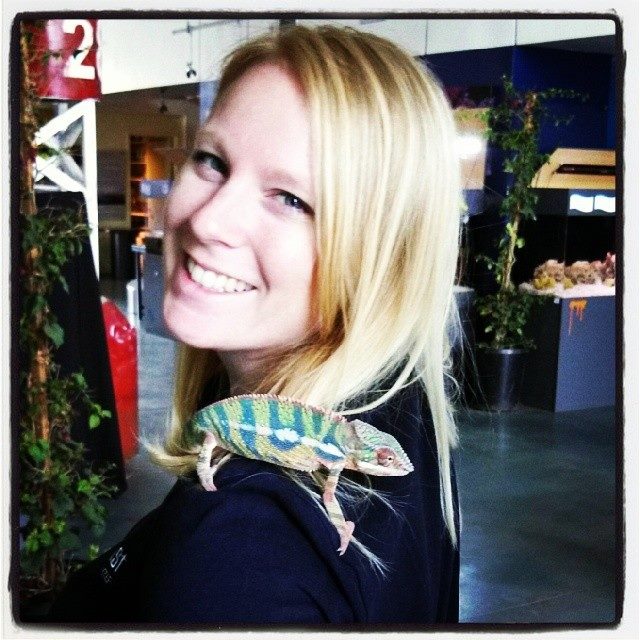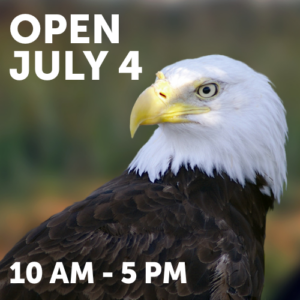Who’s the Best Animal Father?
By Lindsay Bradshaw, Animal Care Manager
 Father’s Day is this Sunday and here at the Living Coast Discovery Center we are celebrating a very special animal father. He is an aquatic animal that has a long prehensile tail and whose head somewhat resembles a horse. Can you guess it? If you thought “seahorse”, you are correct! But what is it about a male seahorse that is so unique? They really are one of a kind in the animal kingdom – most babies that are born come from the mother, but in the seahorse world, it is the dads that take on the task of carrying the young! Wait… what?! The DAD’s get pregnant? Yup! In the seahorse world, the males are the ones who become pregnant and give birth to the babies. Hundreds and hundreds of babies!
Father’s Day is this Sunday and here at the Living Coast Discovery Center we are celebrating a very special animal father. He is an aquatic animal that has a long prehensile tail and whose head somewhat resembles a horse. Can you guess it? If you thought “seahorse”, you are correct! But what is it about a male seahorse that is so unique? They really are one of a kind in the animal kingdom – most babies that are born come from the mother, but in the seahorse world, it is the dads that take on the task of carrying the young! Wait… what?! The DAD’s get pregnant? Yup! In the seahorse world, the males are the ones who become pregnant and give birth to the babies. Hundreds and hundreds of babies!
Let’s back up for a second. You might be wondering how this all magic happens, so let me tell you: Seahorse courtship begins with a male and female seahorse performing a ritualistic dance up the water column. They call this the “predawn dance”. They swim towards the surface spiraling around each other, tails sometimes entwined. Eventually, they will engage in a true courtship dance and the male will open his pouch to receive the eggs passed over from the female. The eggs are deposited in the pouch, where fertilization then takes place. Most species incubate the eggs for two to four weeks. When it is time to give birth, the male expels the young from his pouch through a series of abdominal contractions. Depending on the species, there could be hundreds to thousands of babies. Once they are out of the pouch, the dad’s job is done and the babies are on their own. They are fully formed miniature seahorses no bigger than a grain of rice.
Here at the Living Coast Discovery Center we are celebrating Father’s day with the super seahorse fathers! Come join us!
 Lindsay Bradshaw is the Animal Care Manager at the Living Coast Discovery Center. She has worked for several animal-focused organizations, including Birch Aquarium at Scripps, Nature and Raptor Center of Pueblo, Maui Ocean Center, and the Vancouver Aquarium.
Lindsay Bradshaw is the Animal Care Manager at the Living Coast Discovery Center. She has worked for several animal-focused organizations, including Birch Aquarium at Scripps, Nature and Raptor Center of Pueblo, Maui Ocean Center, and the Vancouver Aquarium.
